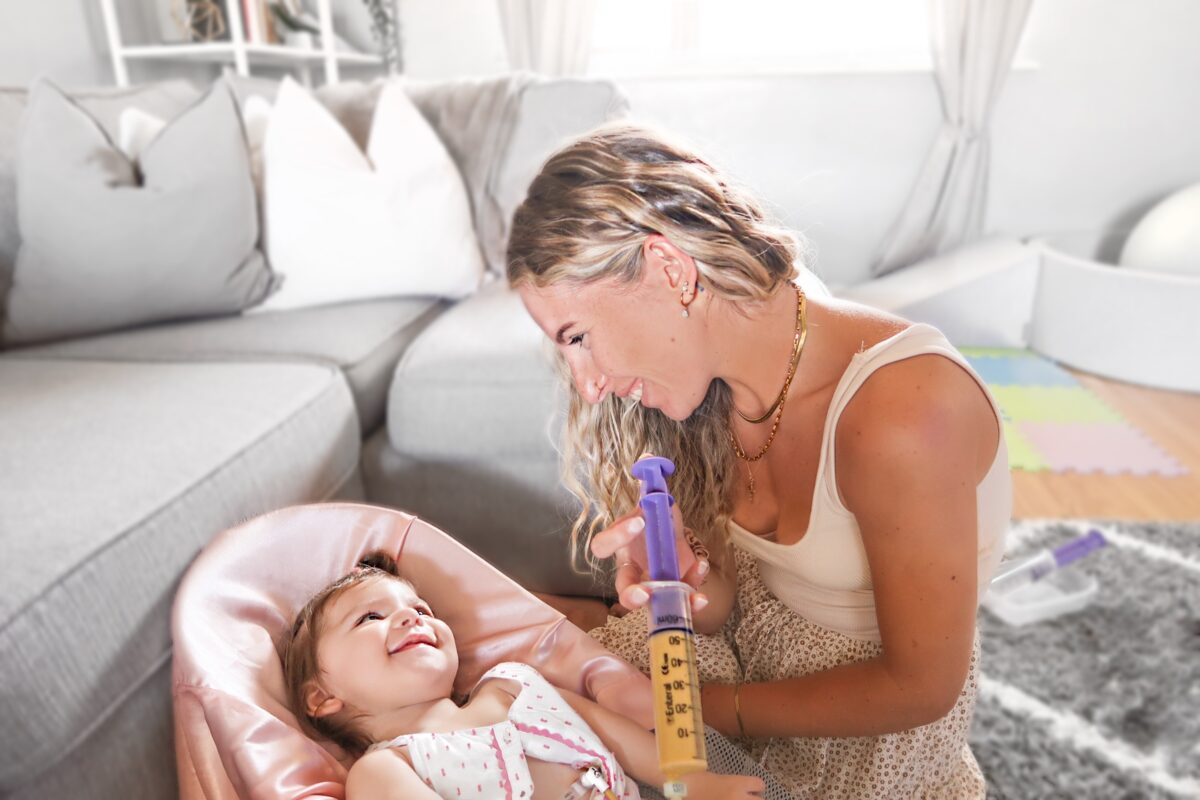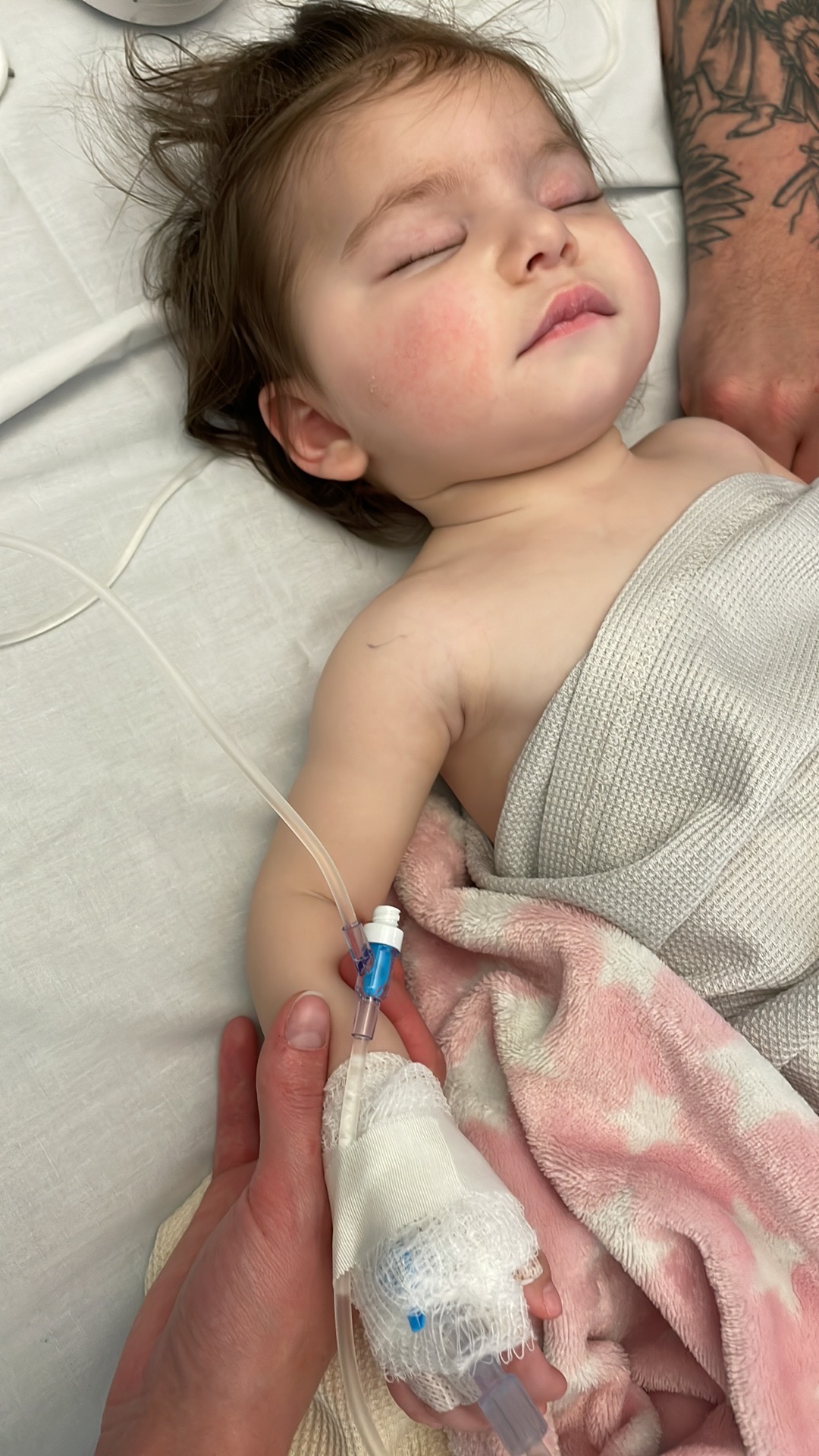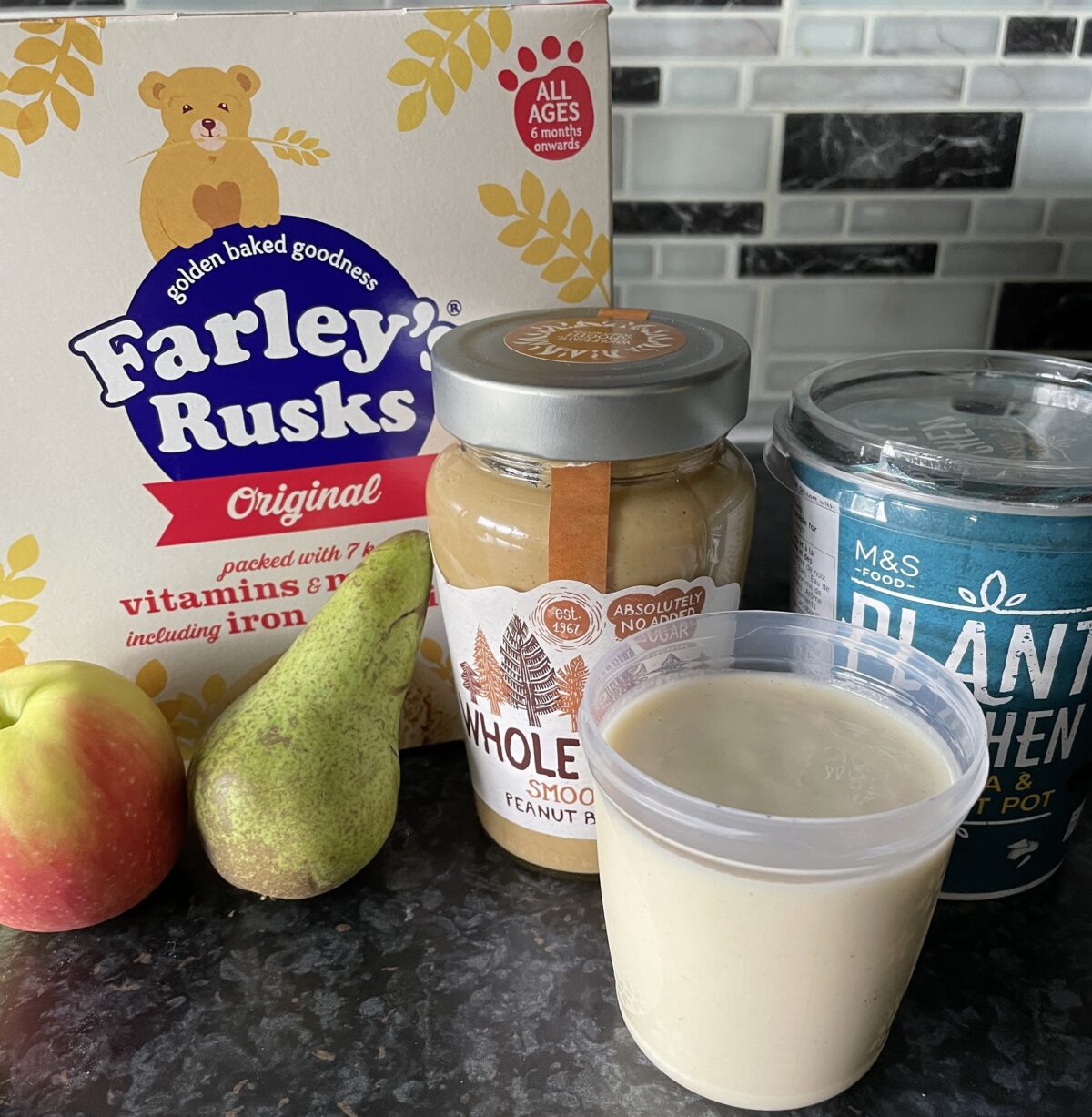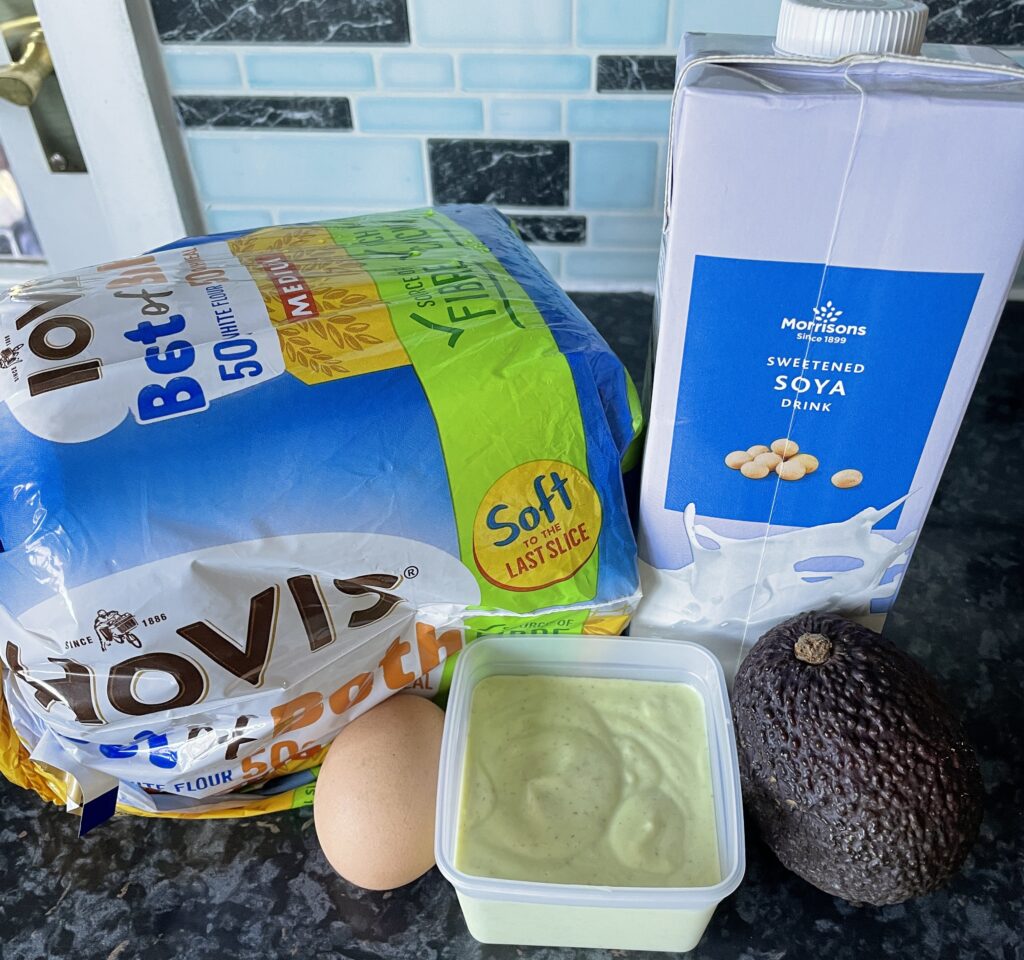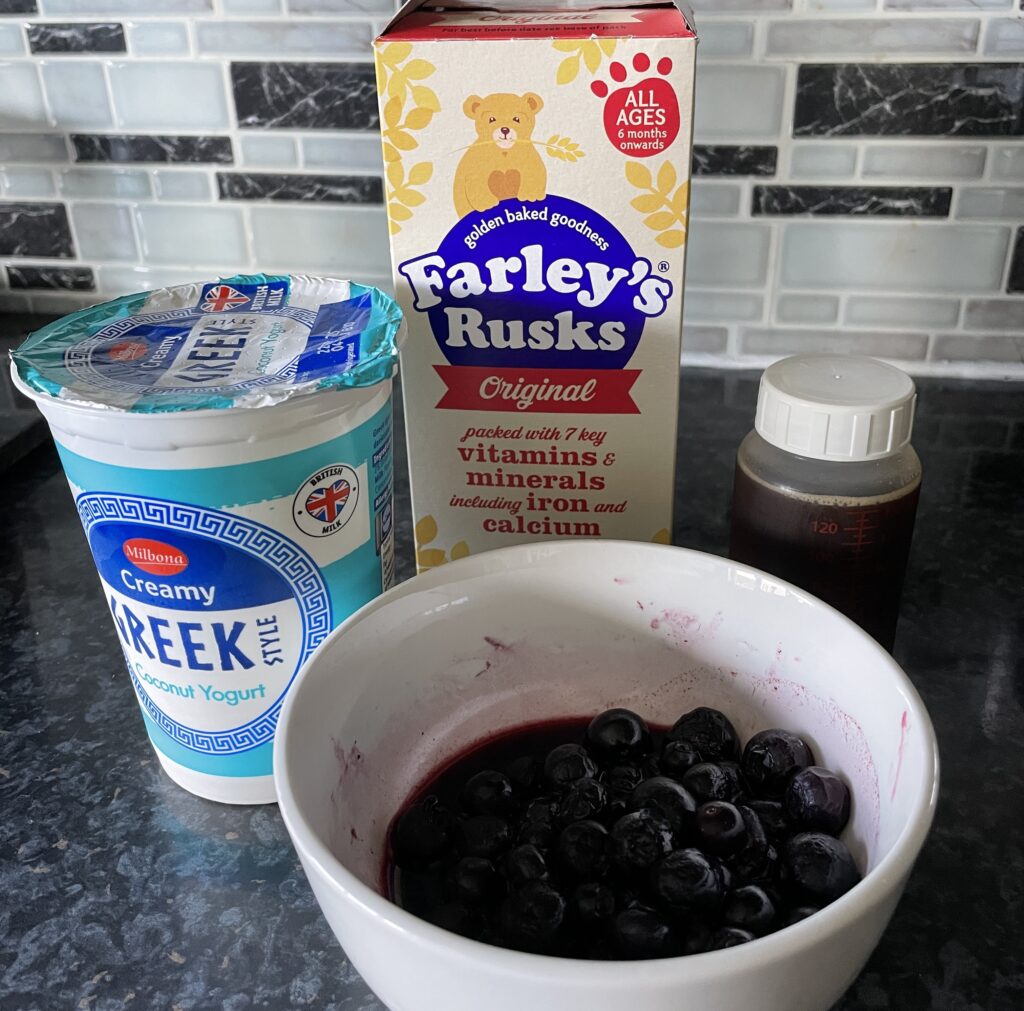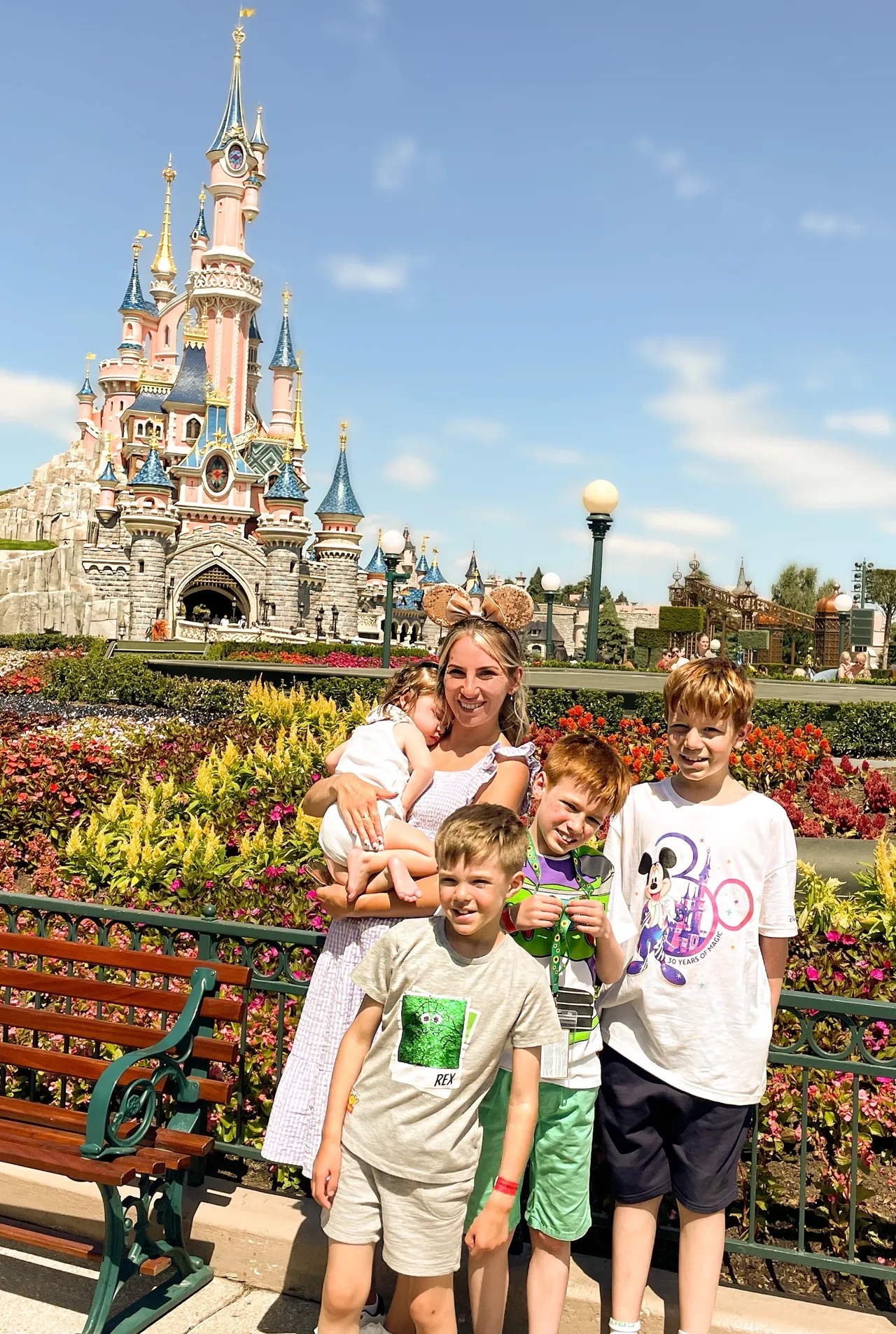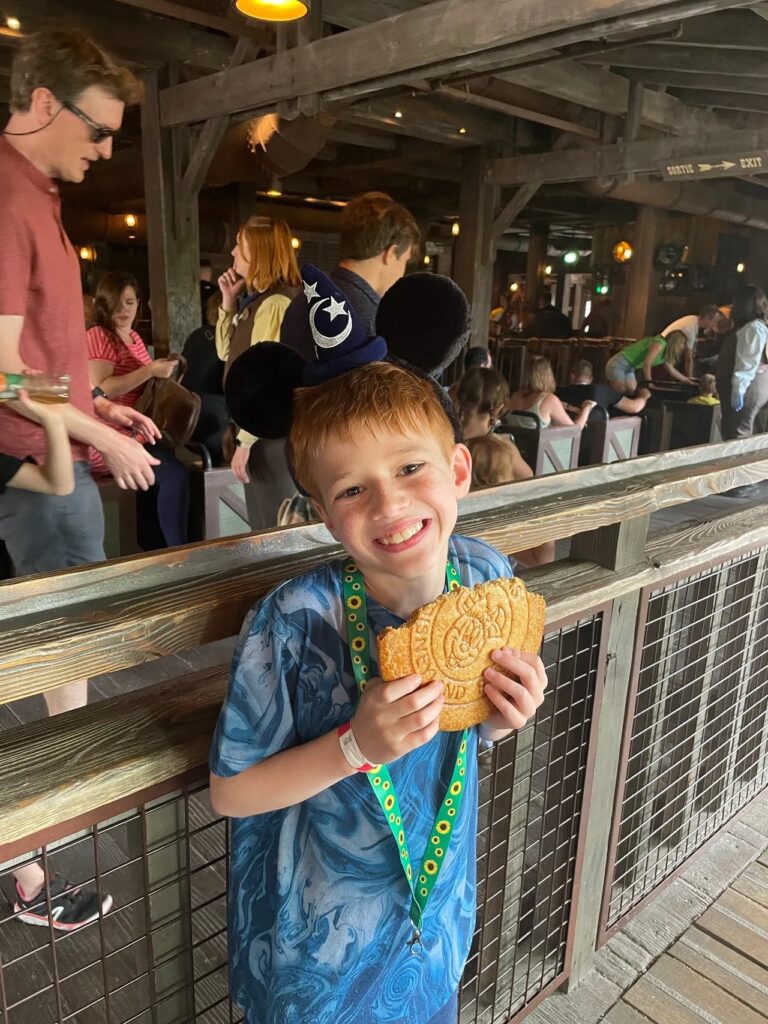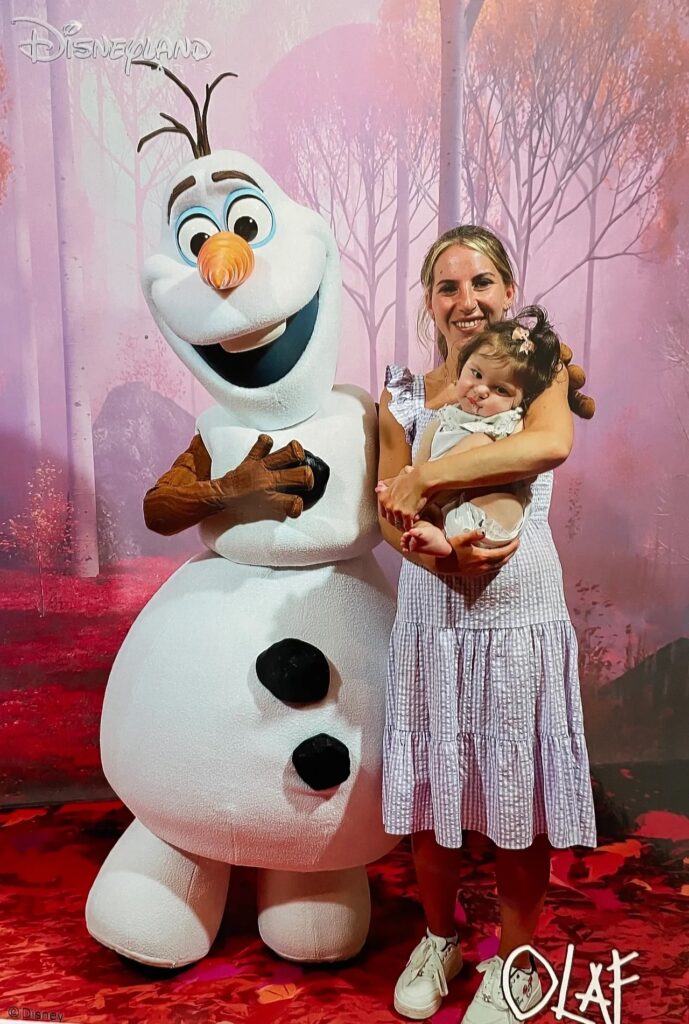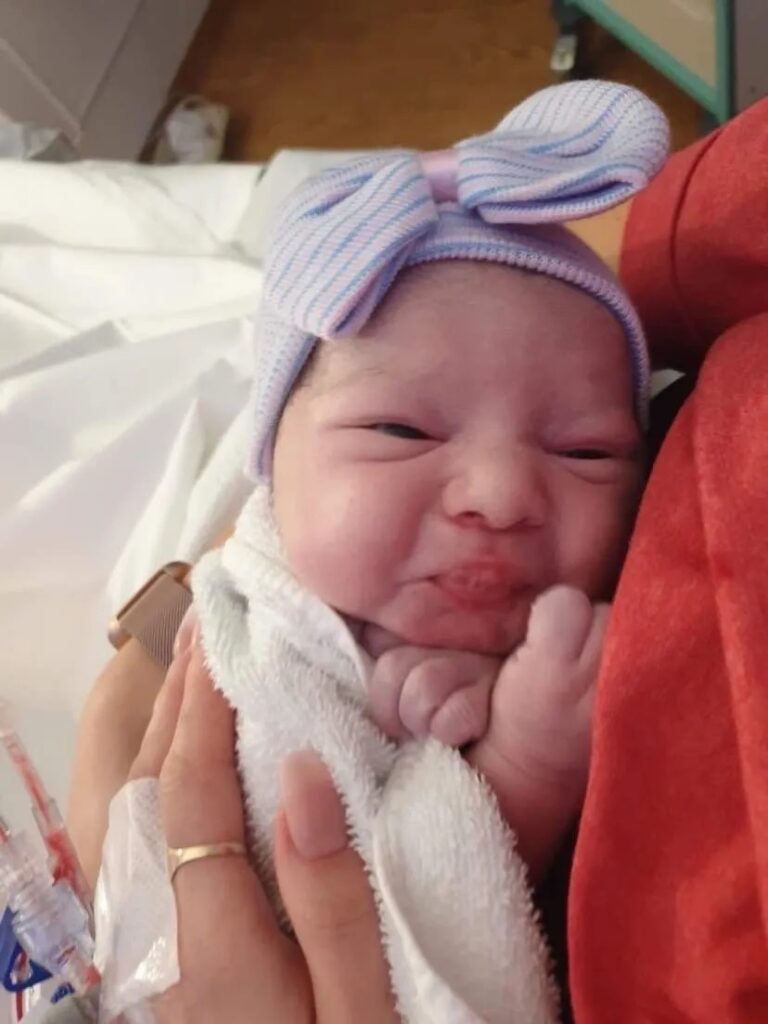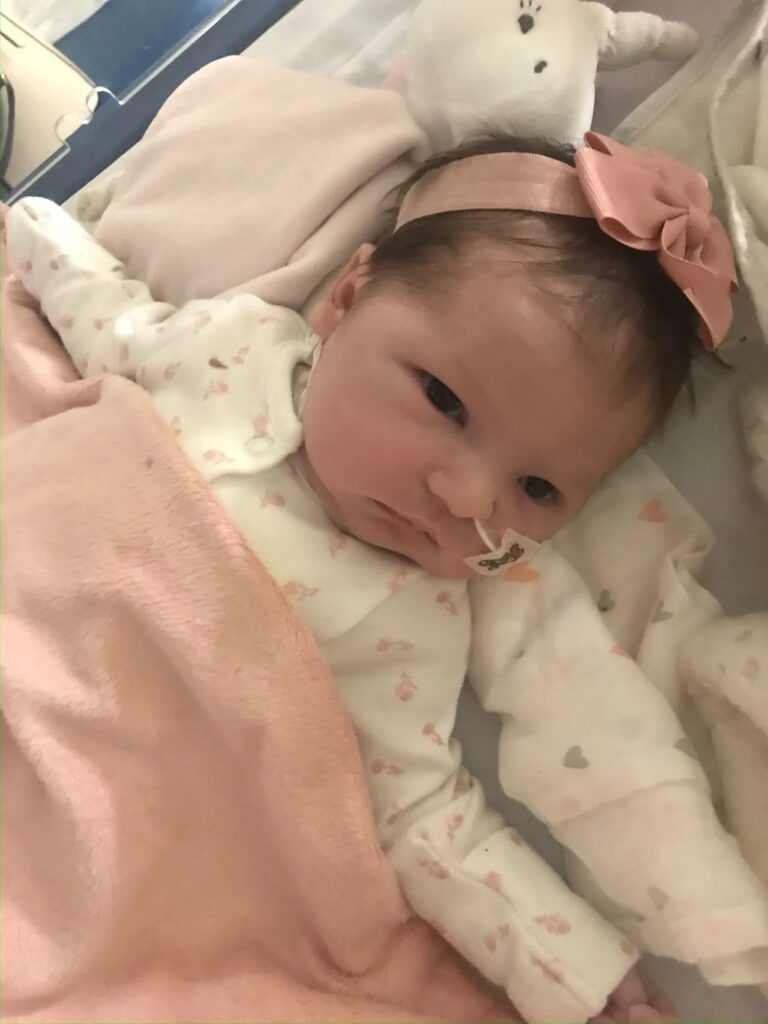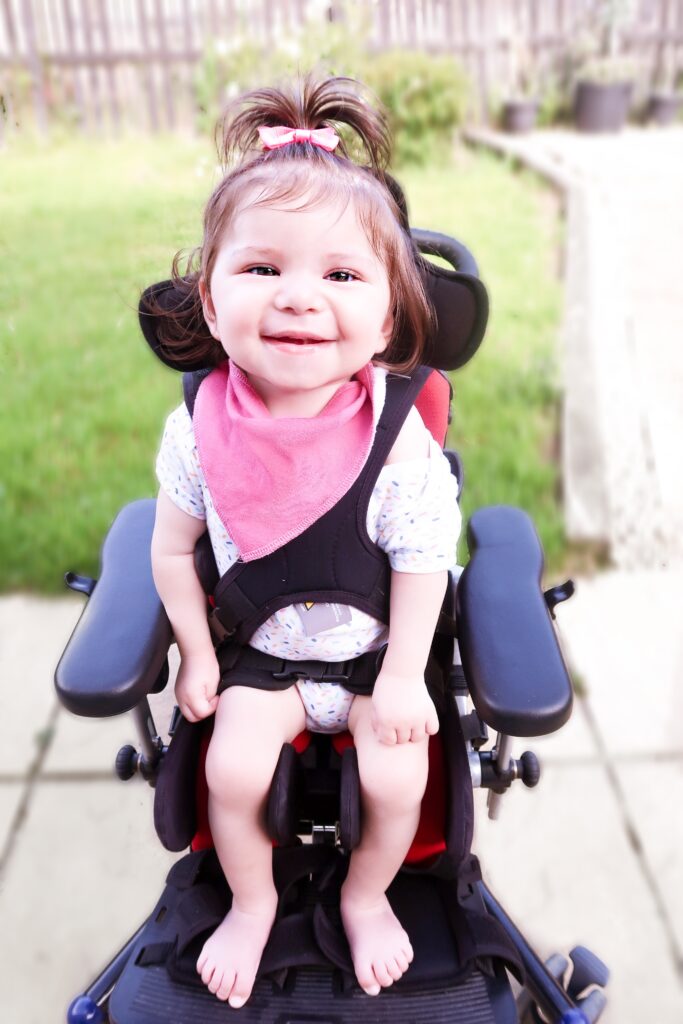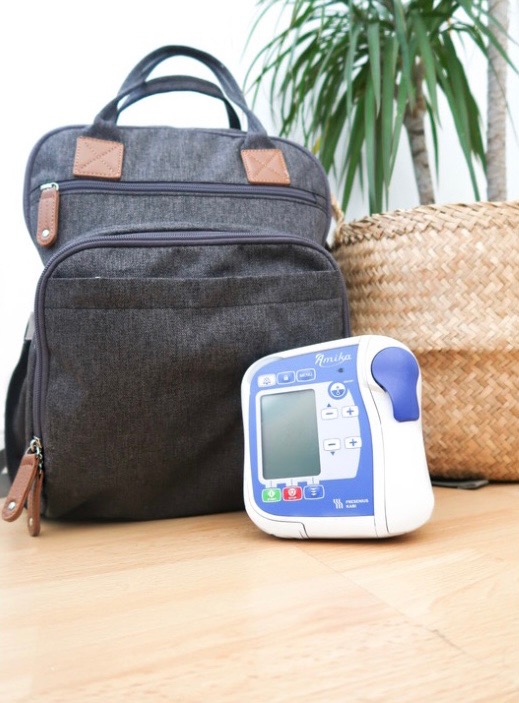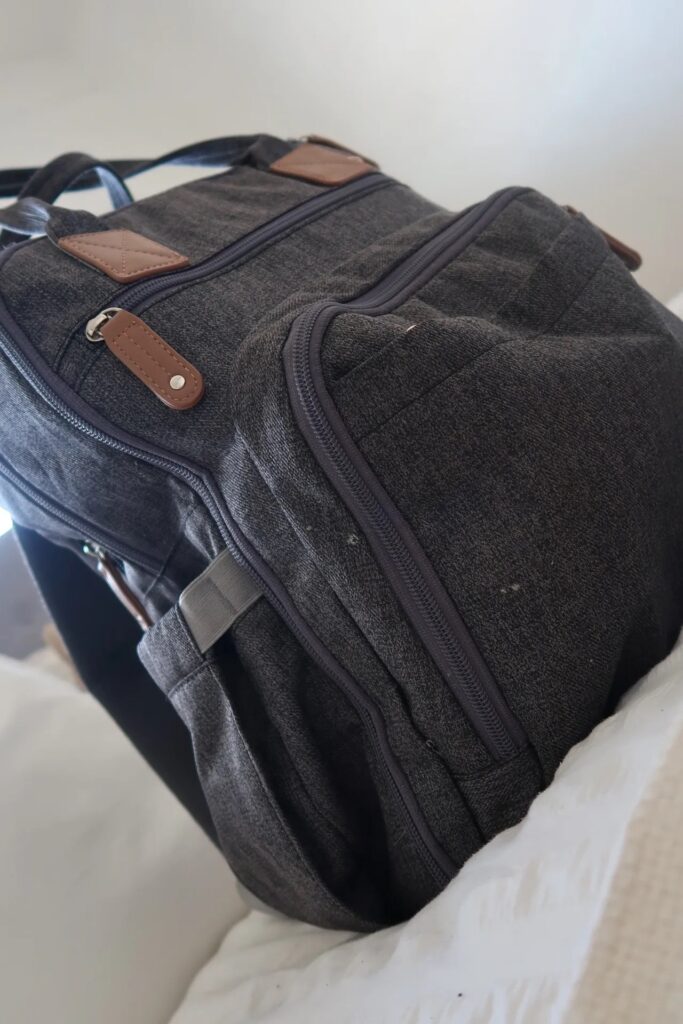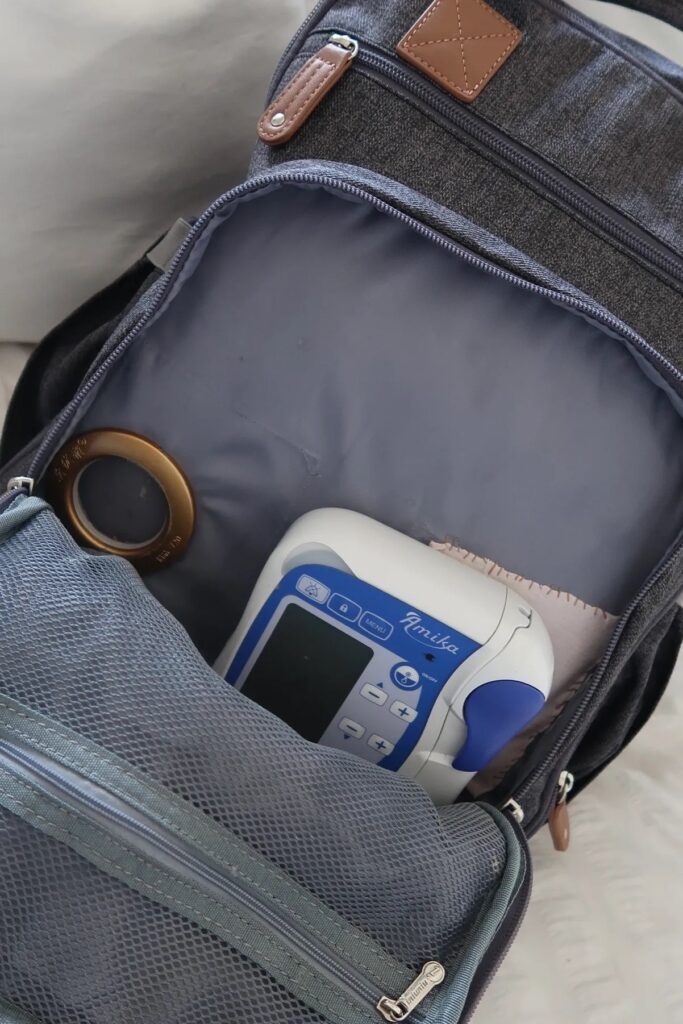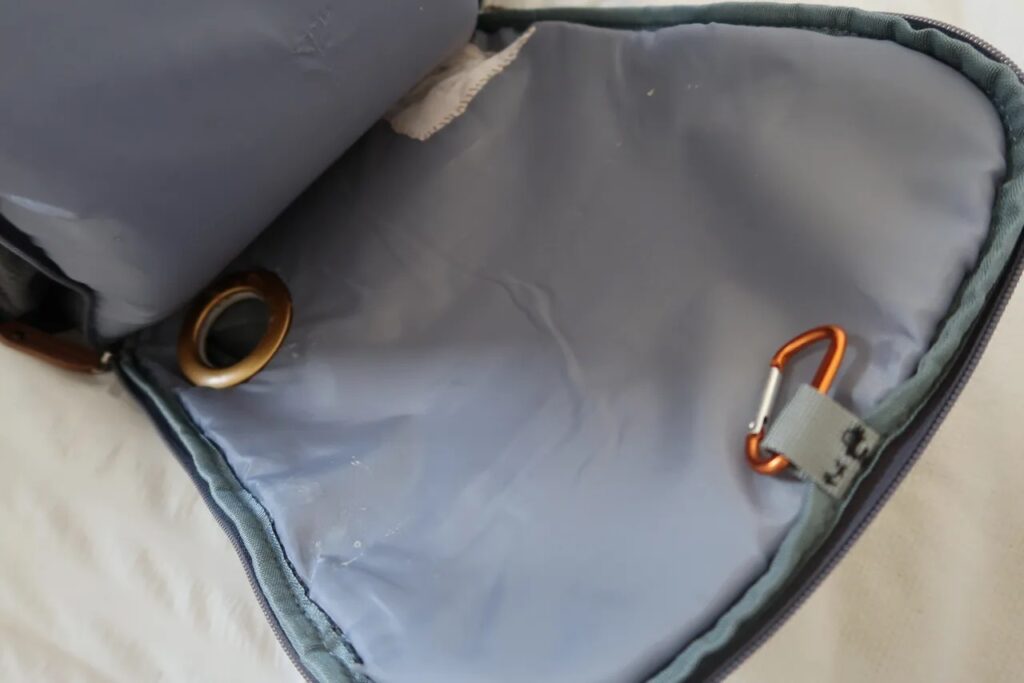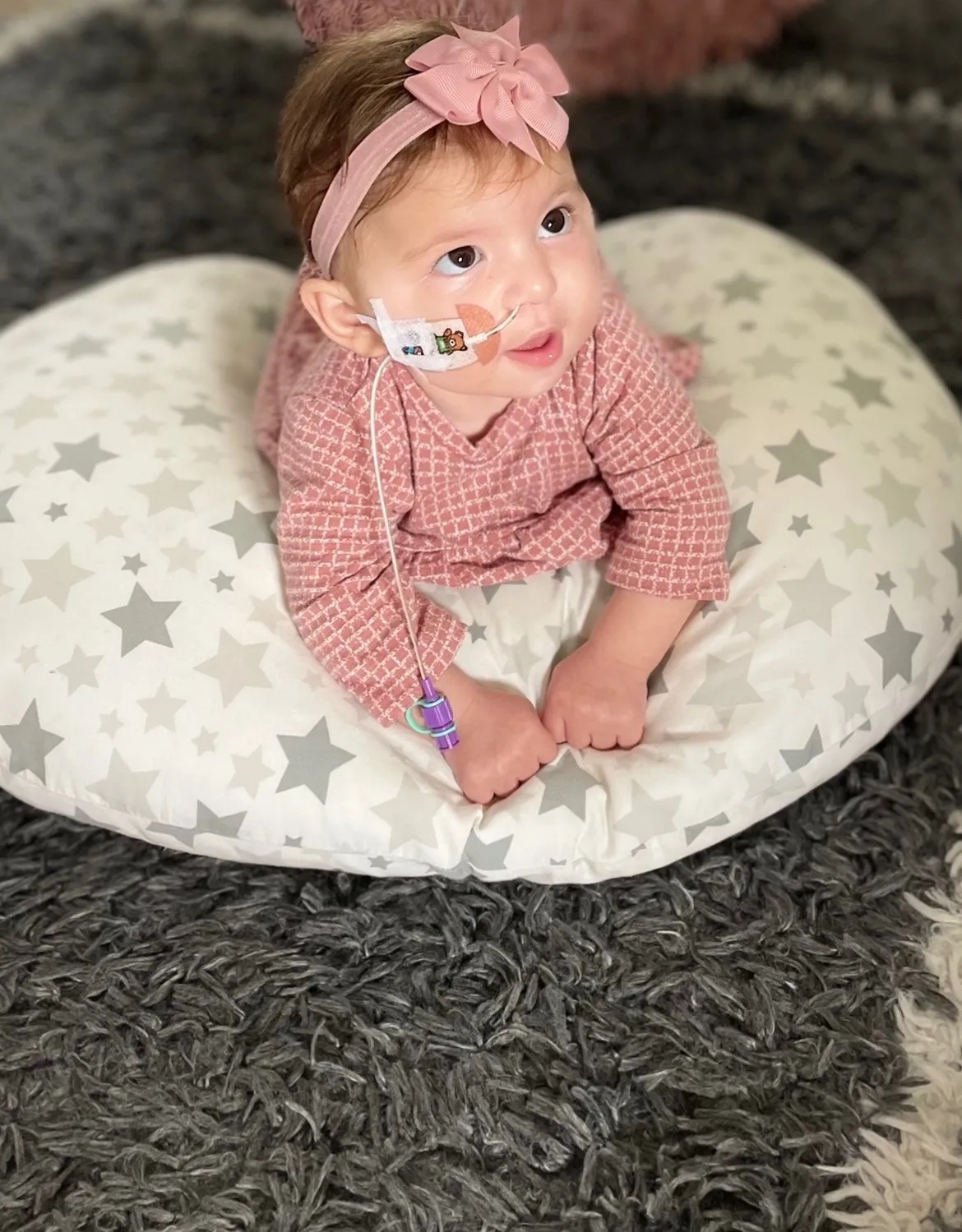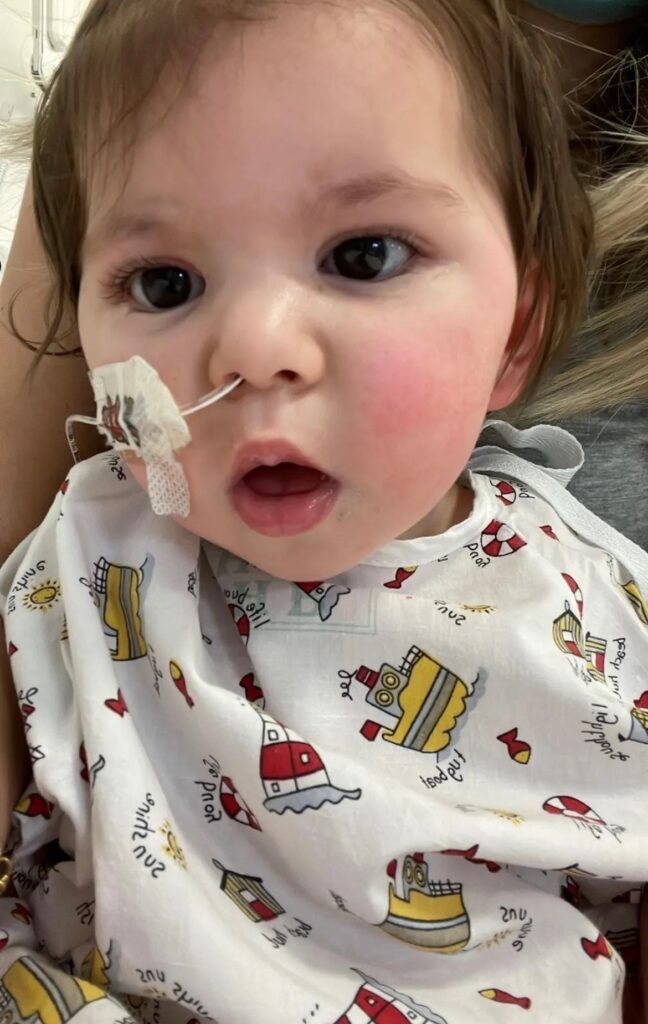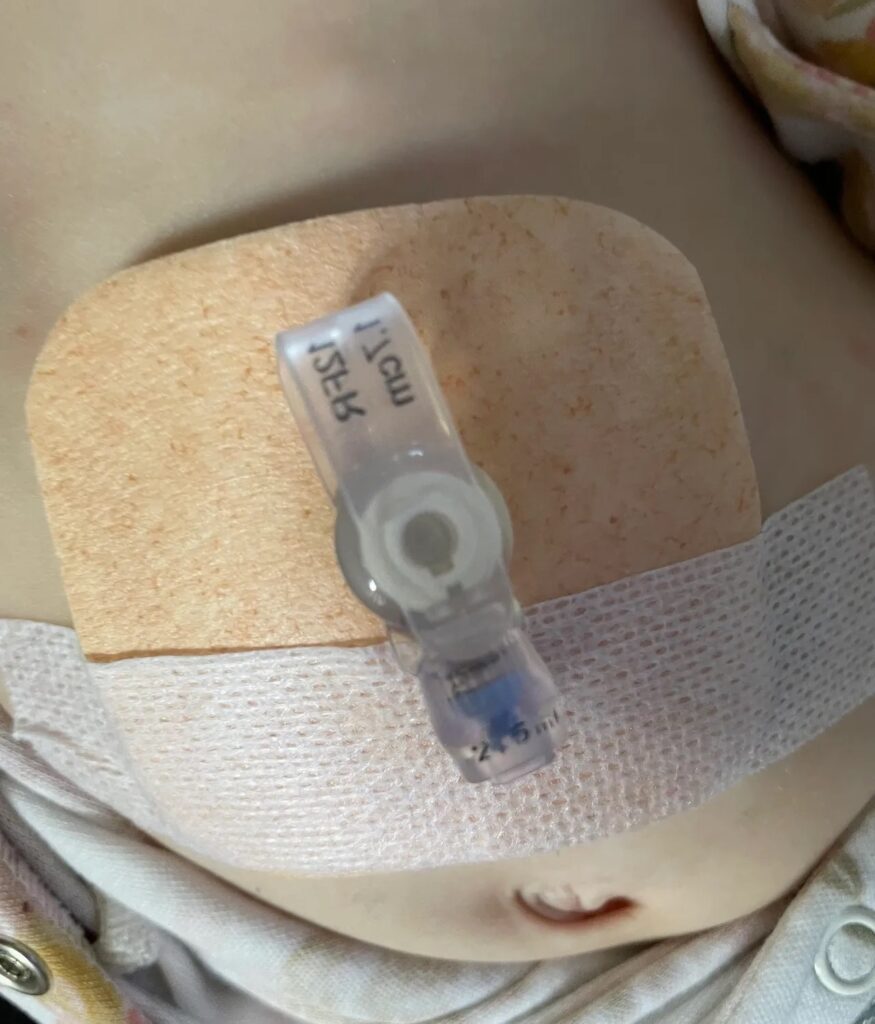Being a Mom can be hectic. So an element of organisation is needed to avoid absolute chaos. I am a stay-at-home Mom of three, among everything else included in that job role (cook, made launder, teacher and so on).
Two of my three children have additional needs, my son, Zachary has Autism. My daughter, Avery has Cerebral Palsy, Dystonia, Severe Reflux and is 100% g tube fed. I’m also working on building my brand, creating content, YouTube videos, blog posts, Instagram posts, as well as building my Etsy shop with digital products.
Being organised isn’t just something that helps life run smoothly for me. It is the very pinnacle of my coping strategy. Without organisation, I become overrun, overwhelmed and quite frankly, at the edge of breaking point.
There’s a few simple things I have added into my daily life and routine, to make sure I keep control of what I can. After all, organisation really is the control of what you will and wont do.
I’m sharing these things with you all because, well, hopefully some of you may find it helpful. Whether that’s because you find some of these tips handy, or maybe you have a similarly chaotic life to me, and can just relate. Plus, organisation is my thing, so writing a blog post about it is an enjoyable way to spend my time. (Yes, I am sad).
So, without further a due, here are my tips on how to stay organised as a busy Mom.
Tackle the bulk of your to do list in the morning.
Have you ever noticed that if you eat breakfast first thing in the morning, it kick starts your appetite? Odd comparison, I know, but I like to think its simalar with productivity. I find that if I do something that productive first thing in the morning, it drives me to continue to be productive. You’re essentially starting the day as you mean to go on, setting off on the right note, and those are the best kind of days.
Not only that, if I can tackle my to do list as early in th day as possible, I know the rest of my day is carefree. I can just spend time with my children and enjoy the feeling of accomplishment.
Don’t delay the small tasks.
This is a mistake! Little tasks have a big way of building up until you have a to do list a mile long. I don’t know about you guys, but I find when a task wont take my long, it appears as less of a priority. Therefore I tend to procrastinate and the job just doesn’t get done, it gets put off and buried into that space in my mind of all the little things I must get done until that space is bursting at the seams.
As a general rule, if a task makes its way onto your to do list, and you know it will only take ten minutes or less, get it done! Don’t put it off. You’ll feel better having that little tick on your list.
Which brings me onto my next tip.
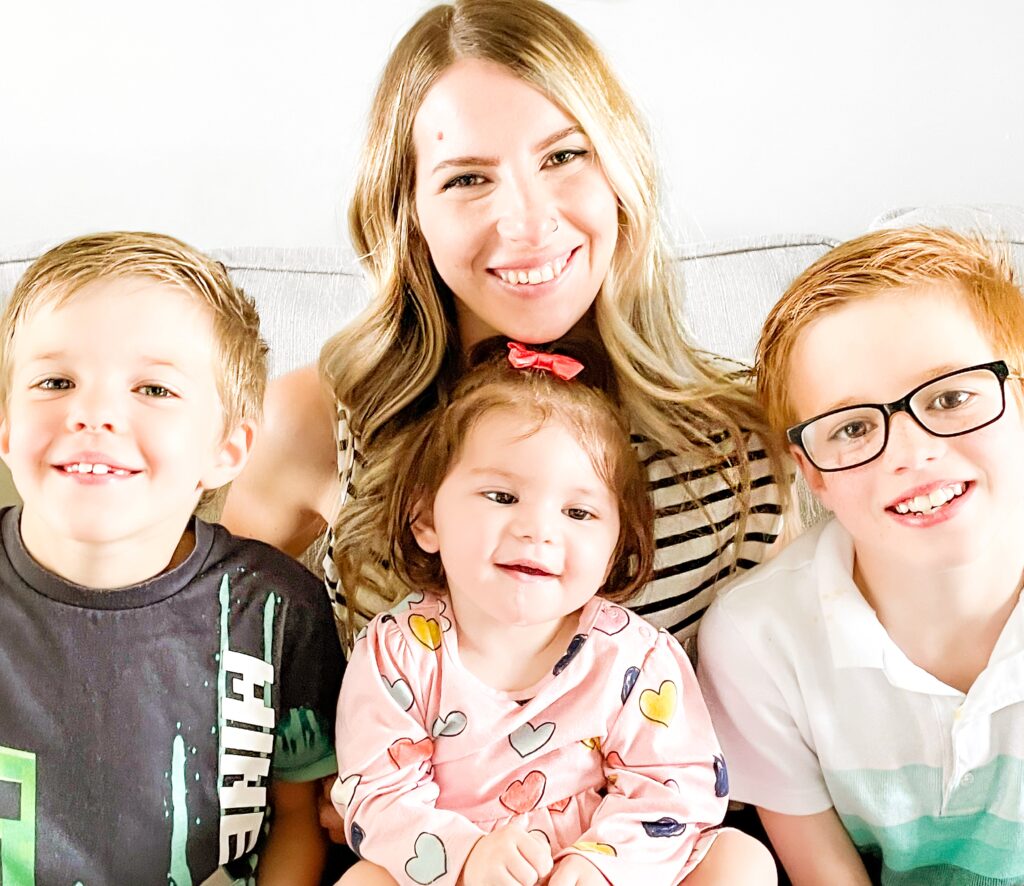
Write lists. Lists, lists and more lists.
My husband thinks I make things over complicated, I disagree. The more detailed I make my planning the more at ease I feel. That’s where lists come in.
The mind can often feel liberated when everything has been pulled from it and written onto paper (or phone, tablet etc since were in a modern world).
I can often feel incredibly overwhelmed when I know I have a lot of things to do, but when I write it down, my to do list seems a whole lot less intimidating and more manageable, my mind feels instantly clearer and I feel more motivated.
This next tip kind of goes hand in hand with the last…
Write things down!
You know how annoying it is when you know you need something, or need to do something, but you can’t quite remember what that something is? I know, I’ve been there.
Best way to combat this? Write it down, straight away.
Whether its a scribble on paper or a quick note in an app on your phone, you’ll thank yourself for not playing the guessing game of ‘remember the thing’.
I’ve found this incredibly helpful when it comes to planning my YouTube videos. Creativity often sparks when I’m all cosy and comfy in bed. There’s been times where I’ve trusted my brain to remember til morning and my brain did me dirty.
Now, I just grab my phone and jot a quick few words into my notes. This will do until I have time to properly add that idea into my content calendar.
Use a daily or weekly planner.
This is an absolute must for me, as a matter of fact, I have a calendar for our whole family, a paper planner as a backup, and my digital planner.
I have a busy life, it full of hospital appointments, school functions, therapies and extra curricular activities, and that’s just my children’s stuff.
There would be absolutely no way I would remember anything if i didn’t have my days planned out.
I like a planner that keeps everything in one place. Things that I know I need to keep track of every week or month, this is usually things like food shopping lists, monthly finances and of course, my to do lists.
This is exactly why i created my own. I took everything I thought would be needed in a week to week planner and made it in one simple document, which i imported into my GoodNotes app. It’s been an absolute game changer, and I have to say, I’m totally converted from paper to digital planning.
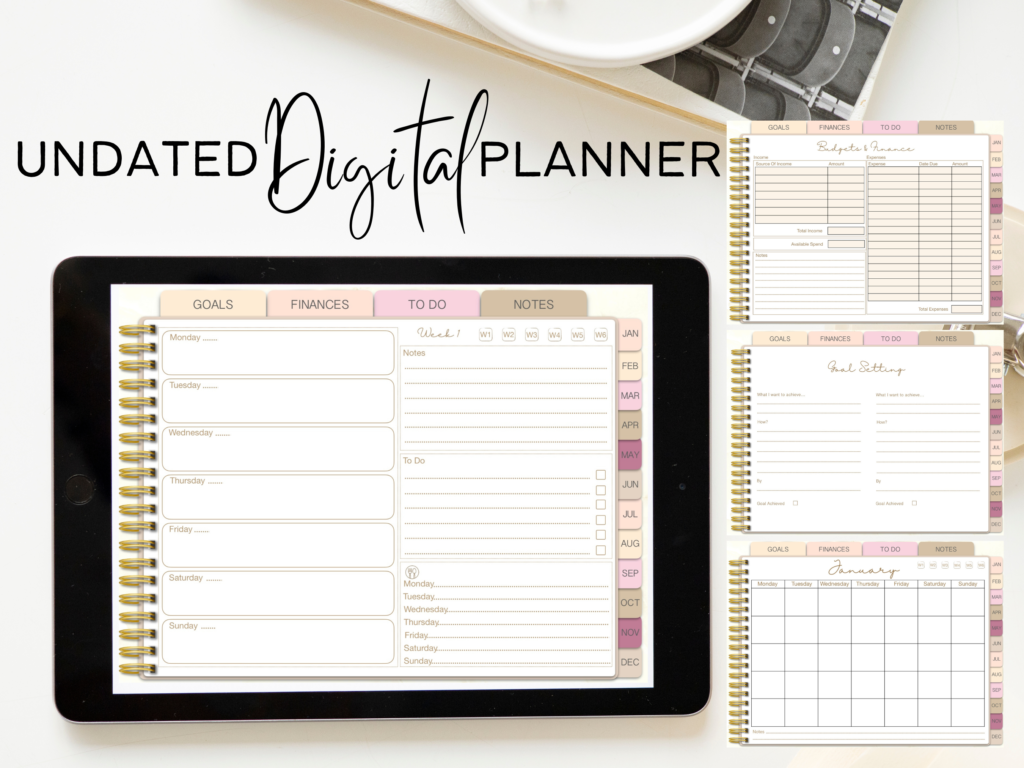
If you prefer traditional pen and paper, I recommend the planners from https://sotypicalme.co.uk/ they’re completely customisable from what you need space for in your planner right down to the front page and binder colour.
Whether you chose physical or digital. A planner is a non negotiable. Planning your time wisely is a life skill not to be taken for granted.
How do you plan your time wisely? You may ask.
This is where prioritising comes in. When you know what your tasks are for the day, decide which are the most important. This is most likely going to be appointments or meetings that have other people involved.
Once you’ve worked out where your primary focus should be, organise the rest of your tasks in a similar way, highest to lowest priority. Plan to tackle your lower priority tasks at a time when you know you may be distracted.
Challenge your time.
There’s nothing like some healthy competition. Especially when you’re competing with time. As a busy Mom I find I only get short burst of time where I can focus all of my attention on one thing (this is usually my daughter’s nap time).
Avery’s naps are not consistent, but I know she will usually sleep for at least 20 minutes. So for that 20 minutes, I set myself a challenge. Whether that’s a speed clean of the house, writing a blog post or editing a video, if I know I’m on a time crunch, I’m much less likely to be distracted.
All that hard work deserves a reward, right?
With that being said, don’t forget to give yourself some incentive.
If you know your going to be rewarded for the work you put in you’re much more likely to put some effort into it.
This doesn’t have to be over complicated. If you get that load of washing put away, allow yourself to sit down and watch an episode of your favourite TV show.
Following on from this…
Allow yourself time to rest.
This tip I am incredibly guilty of not implementing into my life. I have anxiety, so it’s in my chemical makeup to never want to sit still. But even I know that if you don’t allow your body to take a break and catch up you’re going to reach a point of burnout.
Trust me, I know!
Everything should be in moderation. Work hard, play hard.
My last tip is probably the most important.
Be prepared not to be prepared.
As much as I would love it to be, life isn’t as simple as making a list and working your way through it.
Life is.. well, life! Sometimes it has other plans. Some circumstances aren’t always foreseen. Appreciate the fact that you can’t always have control of every situation and sometimes things need to be adjusted. The ability to adapt is one of the best skills you can learn and implement into your life.
I hope you enjoyed these tips and maybe even found them helpful. For my life, being organised has helped provide me with clarity, and a sense of control over my own life.

